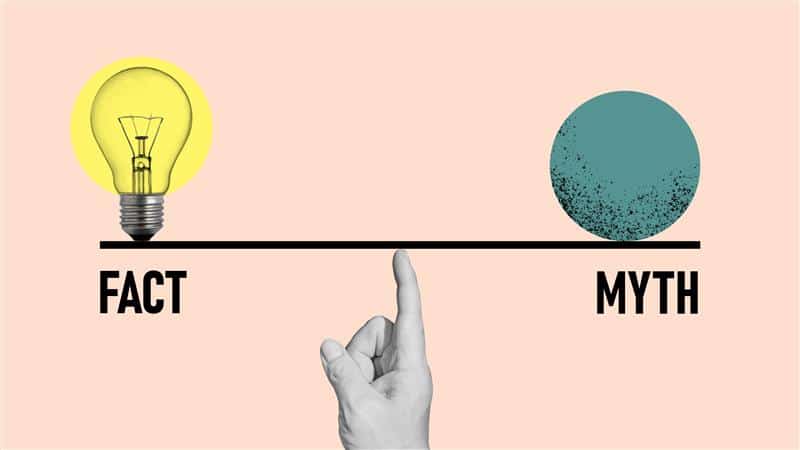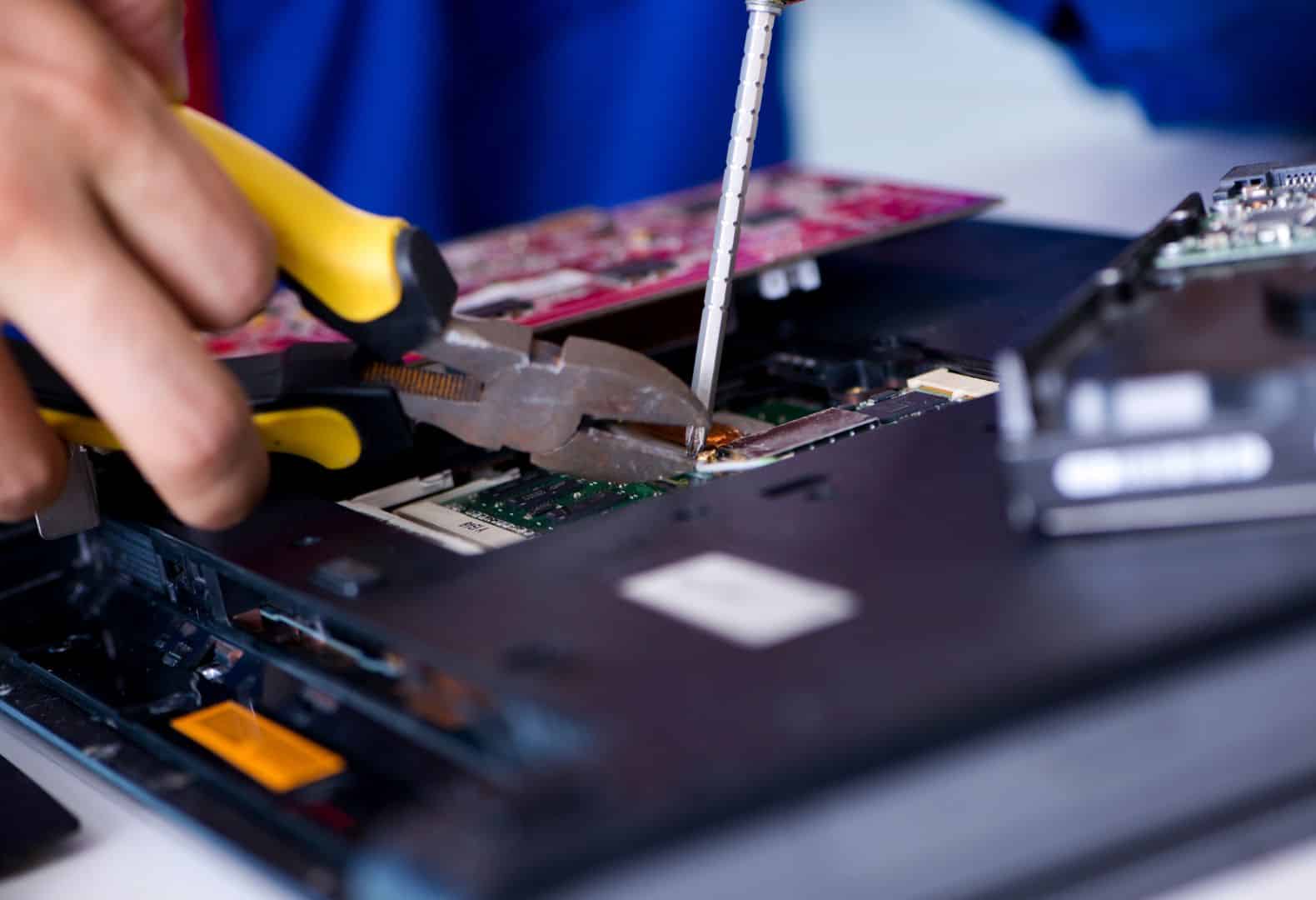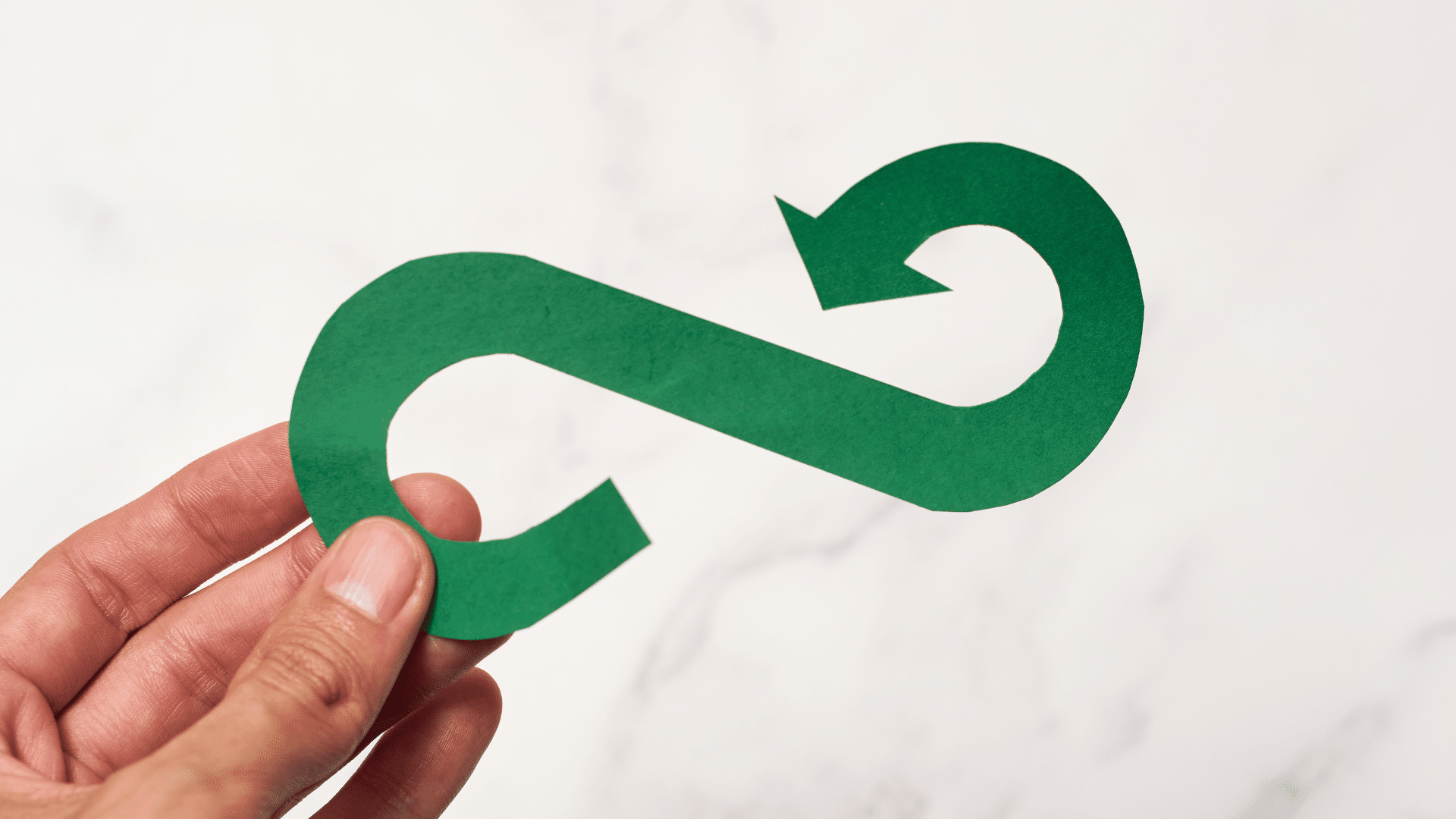CircularEconomy:The5mythsstillholdingbackthesustainabletransition

The circular economy is a hot topic but with so much information online, it can be hard to separate fact from fiction. Misconceptions and vague interpretations often lead to a poor understanding of the concept. Let’s debunk the most common myths and highlight what truly matters.
A clear definition of the circular economy
According to the Ellen MacArthur Foundation:
« The circular economy is a system where materials never become waste and nature is regenerated. In a circular economy, products and materials are kept in circulation through processes like maintenance, reuse, refurbishment, remanufacture, recycling, and composting. The circular economy tackles climate change and other global challenges, like biodiversity loss, waste, and pollution, by decoupling economic activity from the consumption of finite resources. »
The goal is clear: to decouple value creation from the consumption of virgin resources, while generating sustainable economic opportunities for businesses.
A closer look at 5 common misconceptions about circular economy:
1. The circular economy is just a trendy way to talk about recycling: FALSE
Limiting the circular economy to recycling is a common mistake. In reality, it’s a much broader concept based on a shift in both economic and business models. This model aims to reduce resource waste by rethinking every stage of a product’s life cycle: eco-design, reuse, repair, remanufacturing, and shared use.
It’s not a passing trend. The circular economy addresses the critical issue of natural resource depletion. It also promotes the development of local, non-relocatable jobs and benefits from a supportive legislative framework (such as The European Green Deal).
2. The circular economy is a cost burden for businesses: FALSE
Contrary to persistent misconceptions, the circular economy is not an expensive model for businesses. On the contrary, it serves as a powerful driver of innovation and competitiveness. By reusing raw materials instead of producing new ones, companies can significantly reduce their manufacturing costs.
This shift in approach also enables businesses to stand out in a market increasingly attuned to environmental issues. Demonstrating responsible commitments strengthens customer trust and boosts loyalty.
While there may be a cost involved, it is often more intellectual than financial: it’s about learning to produce differently and rethinking processes to align with a more sustainable model. And when financial investments are required, they are often accompanied by a positive return on investment in the medium to long term.
3. The circular economy is the opposite of the linear economy: TRUE
The linear model follows a simple logic: produce, consume, throw. It relies heavily on the use of resources, often non-renewable, and generates significant amounts of waste.
In contrast, the circular economy challenges this system by promoting the reuse, repair, remanufacturing, or recycling of products. Its goal is to reduce waste and preserve resources while creating long-term value.
These two approaches are fundamentally opposed: one extracts and throw, the other preserves and adds value.
4. Only 7.2% of the global economy is currently circular: TRUE
The number is striking: today, only 7.2% of the global economy is circular, according to the Circularity Gap Report 2023. This means that over 90% of materials are either wasted, lost, or simply unavailable for reuse because they are locked into infrastructure.
Even more concerning: the global circularity rate has been declining in recent years, highlighting that our current production model remains overwhelmingly linear.
This reality presents a major challenge for the sustainable transition. To ensure that the circular economy becomes more than just a niche concept, it is essential to develop circular value chains worldwide.
5. The circular economy harms economic growth: FALSE
Far from hindering growth, the circular economy actually drives innovation and competitiveness. By optimizing resource use, it helps reduce costs, better withstand market fluctuations, and anticipate future regulations.
According to the European Commission, the shift toward a circular model could generate up to 700,000 jobs in the EU by 2030. These jobs—often local and non-relocatable—strengthen business resilience while addressing environmental challenges.
Adopting the circular economy means preparing for the future, securing long-term business sustainability, and actively contributing to more responsible growth.
Behind the common misconceptions, the circular economy proves to be a powerful lever for sustainable transformation, benefiting companies, consumers, and the planet. By moving beyond outdated assumptions, everyone can contribute to a more responsible transition where economic growth and resource preservation go hand in hand.


